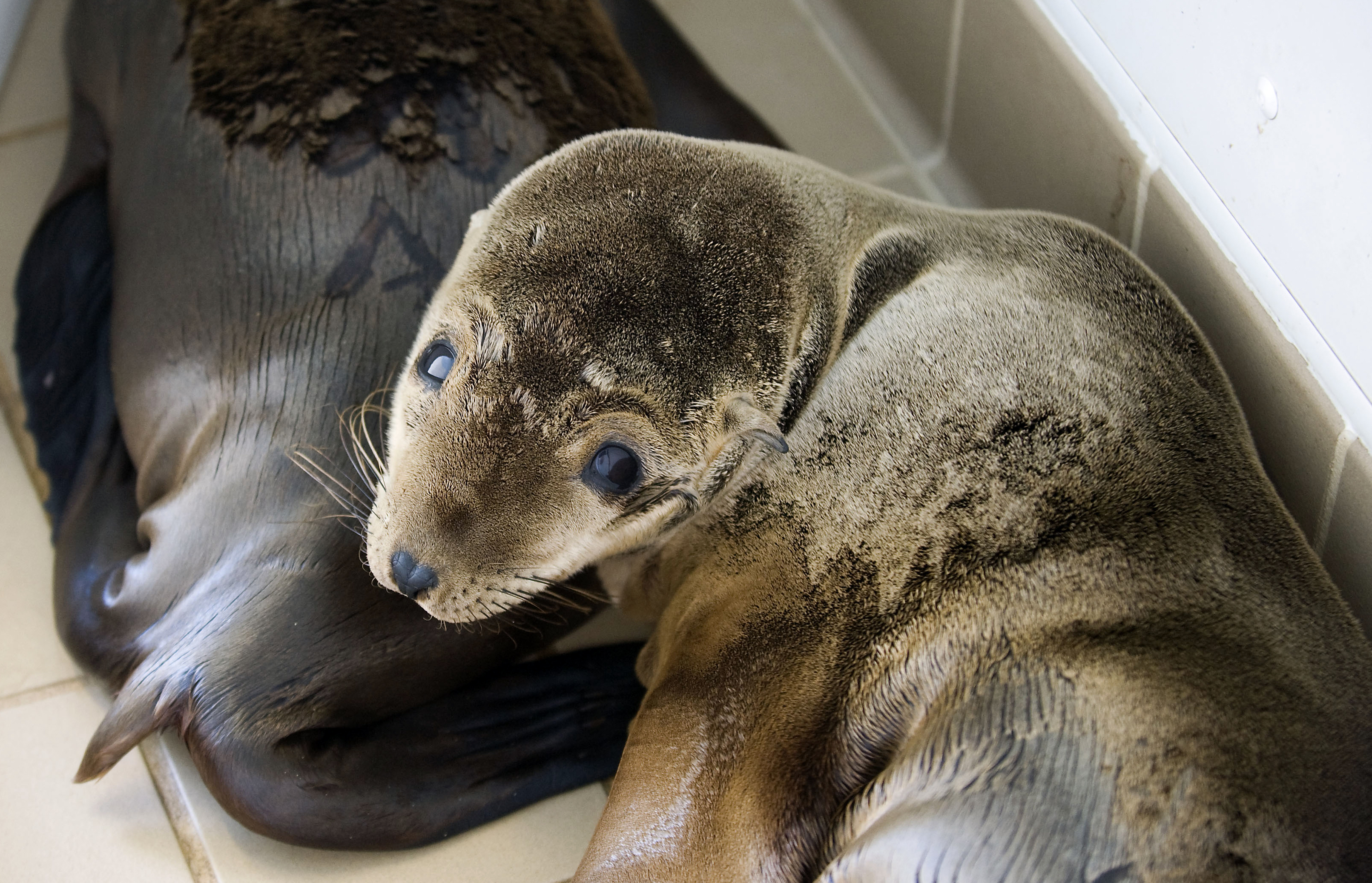Starving Sea Lion Pups Show Why It's Important to Conserve Forage Fish
When hundreds of abandoned sea lion pups began appearing on California beaches in early 2013, the public was justifiably alarmed. Wildlife rescue centers sprang into action, feeding and tending to the emaciated animals. Many people wondered about the cause.
Federal authorities announced the probable answer last week: a lack of high-nutrient prey fish, commonly known as forage fish that are a staple in the sea lions' diet.
Researchers found little evidence of infectious disease or toxins affecting the 1,600 pups. Instead, it appears that lactating females were unable to nurse their offspring because they were undernourished themselves because of the decline in oil-rich forage fish such as Pacific sardines. The investigation was funded by public and private partners, including the Waitt Foundation. Fishermen discovered an absence of sardines early in the year, but the effect on the broader marine ecosystem was not readily apparent to the general public until emaciated sea lion pups began to appear.
“When the fishermen say there's no sardines, what does that mean? Why should we care?” said Dr. Stephanie Venn-Watson, a veterinary epidemiologist with the National Marine Mammal Foundation who chairs a working group that examines unusual die-offs of marine mammals in the United States . “When people see 1,600 starving sea lion pups on the beach, then they can see why it matters.”
 © Eugene Garcia
© Eugene GarciaThe decline in sardines — and the effect on apex predators like sea lions—starkly illustrates the importance of these forage fish to the ecosystem along the West Coast of the United States. It's essential that fishery managers do everything they can to maintain a diversity and abundance of forage fish. Sardine populations rise and fall with natural fluctuations in ocean conditions, but fishing can exacerbate these swings so fisheries managers need to reduce commercial catches when sardines decline, as they are right now.
In recent months, the Pacific Fishery Management Council has sharply curtailed catch limits for sardines. The council set a relatively conservative limit of just over 23,000 tons of sardines for the season beginning July 1, a steep decline from the 66,000-ton limit during the last full season. Fishery managers would be wise to closely monitor sardines in the months ahead, and be willing to cut the catch if the population dwindles any further.
The plight of starving sea lion pups demonstrates that many species of ocean fish and wildlife depend on having enough forage fish to eat.
Paul Shively manages ocean conservation efforts for The Pew Charitable Trusts along the West Coast.






